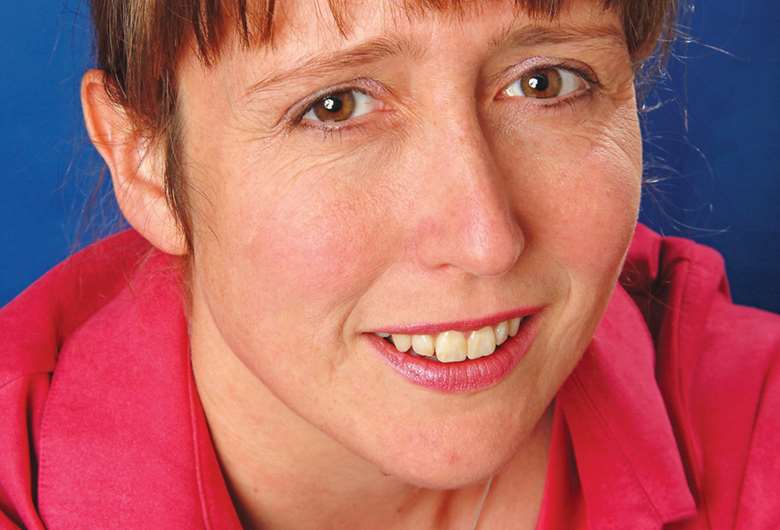How to bridge the gap
Sue Cowley
Monday, April 20, 2015
Sue Cowley argues that play is the key.

The 'gap' between children begins early: we see evidence in our early years settings.
Some children have lots of language; others have little. Some children can focus and pay attention, others rush around unable to settle to one thing. Even at the age of two or three years old, the gap is clear to see. Politicians often talk about how educators must close this gap, but we hear less discussion of how it develops in the first place.
In early years settings we place a strong value on the importance of play, as a tool for young children's learning. We see that this is how children learn best. We understand the huge value play has for socialisation, for building language, for developing confidence, and for a child's early exploration of the world. Those who teach older students can find this focus odd. Surely we should just sit them down and instruct them? Wouldn't that close the gap more quickly?
This frustration is often apparent in political speeches about the early years sector: remember Liz Truss's complaints about 'chaotic nurseries'? But when I hear such things I simply think about my own children's early upbringing - how they acquired a wide vocabulary, the ability to socialise, and a keen curiosity about the world. And I know that it was because of the amount of play, and playful interactions with peers and adults, that they had in the first few years of their lives. Looking at studies into play deprivation, you see just how crucial play is for healthy child development. The tragic stories of the children in Romanian orphanages showed us what happens when you prevent young children from playing.
Observe a young child at play and you can see the complexity of the thinking and learning that is taking place. Of course, practitioners have a crucial role as well. We provide appropriate resources and keep everyone safe. We play with and alongside our children, gently guiding their learning by using techniques such as sustained shared thinking. But we cannot fill the gap with a bucketful of phonics, or a trailer load of direct instruction. What we can do is build a bridge across the gap, by helping our children learn how to explore the world around them: playfully, and with joy.




